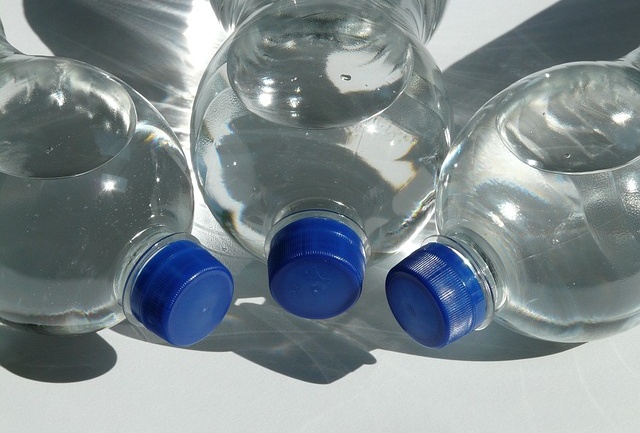By Mitriy Krause
Thirty years ago, Florida was hit by the worst natural disaster to ever strike the United States at that time. The lives of 65 individuals were lost to Hurricane Andrew, in addition to local infrastructure and the homes of thousands more. These countless losses inspired the region to establish what are now the best building codes in the country. Their goal? To prevent such a tragedy from ever happening again.
Hurricane Andrew hit southern Florida between August 16th and August 28th of 1992. It took years for the region to fully recover. When it did come time to rebuild, an effort was made to do it right.
The most important aspect of the movement was, and continues to be, Florida building codes. Both residential and commercial buildings are now made to be much more resilient. Other infrastructure, like utility lines and radio signals that are essential to surviving a crisis and rehabilitating quickly, can’t be forgotten. Of course, the durability of these structures means construction is considerably more expensive.
“Andrew was basically what gave birth to the Florida building code,” law attorney George Breur at the Mark Migdal and Hayden firm said to the South Florida Sun Sentinel, https://www.sun-sentinel.com/. The devastation of Hurricane Andrew–which cost $27 billion, at that time–proved that costly construction is worth the investment.
Florida Building codes are divided into several categories. This means there are different thorough regulations for residential construction, construction in hurricane-prone areas, existing buildings, and so forth. The building codes are also reviewed and new editions are published regularly. Perhaps most important, these codes are now enforced properly.
How else has southeast Florida changed since Hurricane Andrew? The regional economy has become stronger and more diversified. Retirees and other migrants are relocating to the region at increasing frequency. More people in southern Florida means more people at risk during potential crises. However, with more emotional and financial investment in the region, the strength of its infrastructure should only become stronger.
Hurricane forecast models, detection, and tracking technology has also improved over the decades since Andrew, according to The Washington Post, https://www.washingtonpost.com/. Early detection is crucial for allowing locals time to evacuate or otherwise prepare for a hurricane. With Florida’s updated building codes, hopefully these residents would actually have homes to come back to if the region was struck with a hurricane like Andrew again.
According to the Center for Climate and Energy Solutions, www.c2es.org, coastal regions can expect to see even more hurricanes on their shores in the future. In the past several decades, scientists have tracked a rising ocean temperature, including in the northern Atlantic. This rising temperature will cause a slowly increasing rate of tropical storms and hurricanes. With the increasing occurrence of natural disasters, Florida may have to test their protective measures sooner rather than later. Based on their success, other coastal states would be wise to follow Florida’s example.
Southeast Florida is particularly vulnerable to hurricanes geographically. Nonetheless, the stringency of their building codes should be aspired to for all regions at risk of hurricane damage. The likelihood of hurricanes infiltrating the region is inescapable, and indeed increasing. With a dedication for the region and its people, Florida has used building codes as a tool to negate as much potential damage as possible. Hopefully there will not be a repeat of Hurricane Andrew–but if there is, Florida will be much more prepared.




